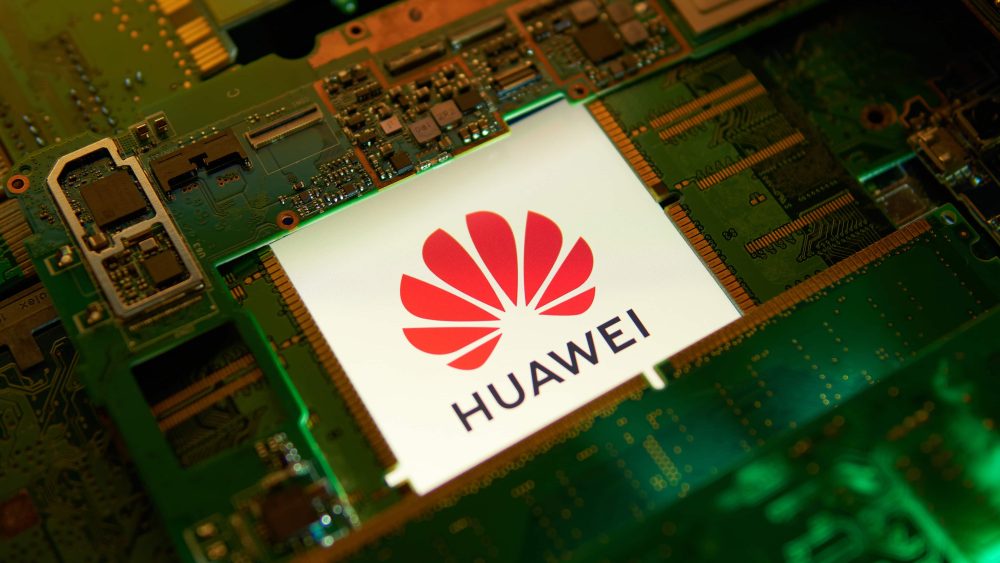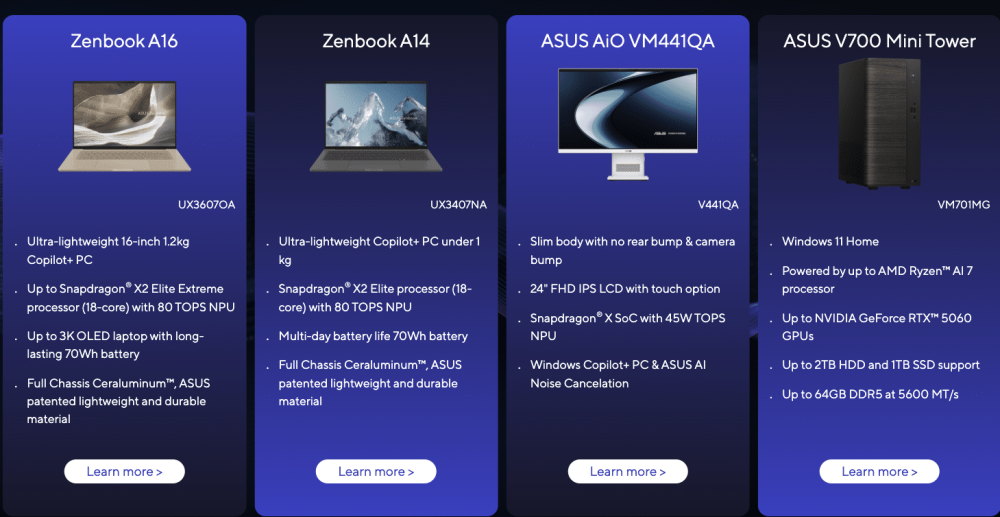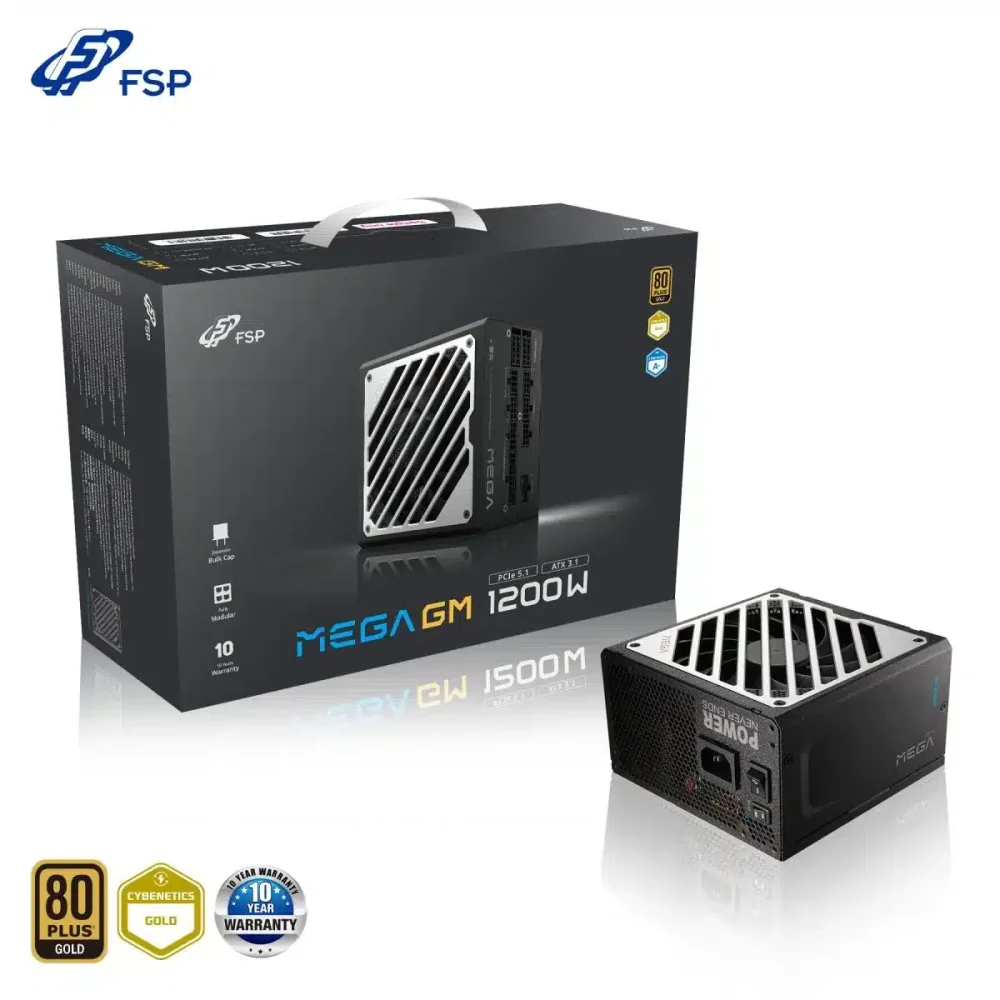Faced with U.S. sanctions and a market long loyal to NVIDIA, Huawei is rewriting the rules of AI chip design.
In a bold bid to claw back AI chip market share from industry titan NVIDIA, Huawei is preparing a strategic overhaul of its semiconductor design philosophy — and its ambitions reach far beyond China’s borders.
According to reports from The Information and Bloomberg, Huawei is shifting away from highly specialized ASIC (application-specific integrated circuit) chips and moving toward more flexible, general-purpose GPU-like architectures. These new designs aim to mirror the architecture and software compatibility of NVIDIA’s and AMD’s processors, with one key twist: Huawei plans to bridge the infamous CUDA gap.
Cracking the Cuda Code
At the heart of NVIDIA’s grip on the AI development ecosystem lies CUDA, its proprietary programming model used by researchers and developers worldwide. Despite U.S. export bans, Chinese firms continue to crave NVIDIA’s AI chips, not just for performance, but for the sheer convenience of a mature, well-supported software stack. This has been Huawei’s Achilles heel, with its in-house CANN language gaining little traction.
Now, Huawei is reportedly developing a translation layer that would allow AI models written in CUDA to run on its chips. If successful, this intermediary software could remove one of the biggest roadblocks to adoption and make Huawei hardware a viable alternative — or at least a stopgap — for Chinese firms increasingly cut off from top-tier American silicon.
From ASICs to All-Rounders
Huawei’s pivot to general-purpose chips is more than just software compatibility. Its next-gen processors will move beyond task-specific acceleration to embrace broader workloads. This shift reflects NVIDIA and AMD’s own success in straddling gaming, data center, and AI training markets.
However, chip design is only one piece of the puzzle. Manufacturing remains Huawei’s biggest bottleneck. With access to extreme ultraviolet (EUV) lithography equipment still blocked, the company must rely on domestic foundries like SMIC, which are currently capped at 7nm production. While Huawei has made headlines with supposed 5nm and even 3nm-class achievements, analysts remain skeptical of long-term yield and volume capacity.
Exporting the Challenge
Huawei isn’t content to serve the Chinese market. The company has reportedly reached out to customers in the UAE, Saudi Arabia, and Thailand with offers of its Ascend 910B chips — older, but still capable processors priced in the “low thousands” for prospective bulk orders. So far, reception has been mixed, and no major contracts have been confirmed.
At the same time, Huawei is pitching remote access to its CloudMatrix 384 platform, a China-based cloud AI system powered by more advanced chips it currently lacks the volume to export. While enticing, it underscores the gap between Huawei’s ambition and its hardware reality.
A Regional Chessboard
The Middle East is becoming an AI battlefield in its own right. NVIDIA, now facing growing global demand and constrained supply, has inked high-profile deals across the region. U.S. export restrictions are prompting a shift in alliances and interest in alternatives, but trust remains a sticking point.
Ironically, former President Trump’s administration had floated sanctions on countries like Malaysia and Thailand, not for buying chips, but for reselling NVIDIA hardware to China. Now, with Huawei knocking on the same doors, geopolitical tensions are likely to intensify.
NVIDIA Responds — with Shade
“We are effectively out of the China datacenter market, which is now served only by competitors such as Huawei,” an NVIDIA spokesperson told Reuters bluntly.
NVIDIA may be locked out of the Chinese mainland, but it holds the upper hand globally. Its chips continue to dominate benchmark charts, and its CUDA ecosystem is irreplaceable — for now. Still, Huawei’s approach of mimicking not just the chip architecture but the developer experience could begin to erode that dominance.
The Battle for AI Silicon is Just Warming Up
Huawei’s long game is clear: build a local NVIDIA alternative that’s close enough in software and performance to become the de facto option for companies cut off from U.S. tech. If that bridge from CUDA to CANN truly materializes — and if SMIC or other fabs can scale production — Huawei’s chips could stop being the last resort and become a default choice.
But it’s not just about Huawei versus NVIDIA anymore. It’s about who controls the future AI stack: not just the chips, but the programming languages, cloud ecosystems, and data sovereignty that underpin them. Huawei wants in — and this time, it’s not showing up with a different playbook.


